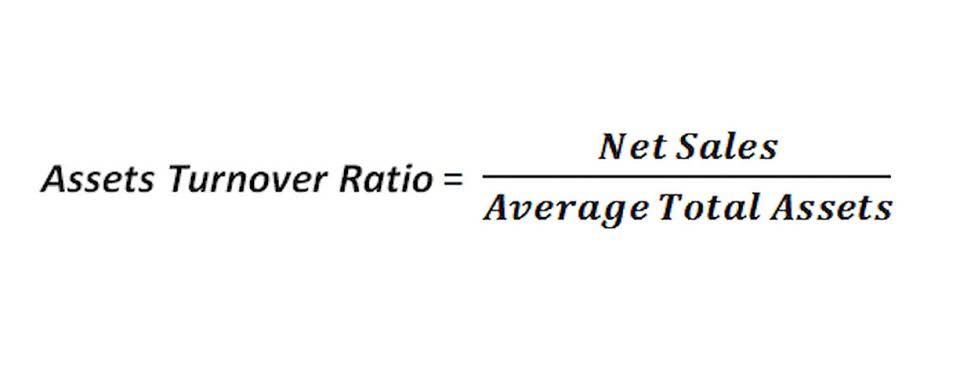Direct Vs Indirect Cost Allocation: Explained

Certain government agencies might allow you to explain why indirect costs should be funded, too, but the decision to grant funding is at their discretion. In cases of government grants or other forms of external funding, identifying direct and indirect costs becomes extra important. Grant rules are often strict about what constitutes a direct or an indirect cost and may allocate a specific amount of funding to each classification. It is useful to identify indirect costs, so that they can be excluded from short-term pricing decisions where management wants to set prices just above the variable costs of products. This is an important issue when a customer wants the lowest possible price on a special order.
Small Business Resources
- On Feb. 7, 2025, the federal government announced that indirect costs would be capped at 15% for all new projects funded by the National Institute of Health (NIH).
- Common or indirect costs differ from direct costs, which are expenses specifically related to a particular project or activity and can be directly traced to that project.
- If your company develops software and needs specific assets, such as purchased frameworks or development applications, those are direct costs.
- Indirect costs are costs that are not directly accountable to a cost object (such as a particular project, facility, function or product).
- Direct costs, on the other hand, map directly to the production of a specific good or service.
Indirect costs are expenses that apply to multiple activities as part of daily operations. These overhead or operating costs include fixed and variable expenses, such as rent and utilities. income statement It’s challenging to allocate indirect costs to a specific product, service, or project.
- When an entity accepts a grant, such as government funding, the funding guidelines typically stipulate what qualifies as a direct versus indirect cost, along with any threshold amounts for each cost type.
- Generally, a reasonable indirect cost rate falls within the range of 10% to 20% of the total direct costs of a project.
- Ultimately, cost allocation is more than just an accounting exercise, it is a tool for financial decision-making.
- In an example of a car manufacturer, the materials like steel, plastic or glass used in the car production line are classified as direct costs.
- LIFO can be helpful if the costs of your materials fluctuate in the course of production.
- We expect the recent extension of the cap to DOE to be challenged in the courts as well, but the eventual fate of indirect costs is highly uncertain.
Product or service pricing: indirect vs. direct costs

In addition, when tracking direct and indirect costs, you will have a better grasp on your accounting and be better equipped to plan for the future. Distinguishing between direct and indirect costs is critical for tracking cash flow and creating profit and loss statements. Accurately recording transactions can help you estimate the next quarter’s overhead costs and improve profit margin calculations. Knowing how to allocate indirect and direct expenses can help you price services or products competitively and profitably. But you can dig deeper to see the actual labor per product using an activity-based costing system to allocate indirect overhead expenses.
Direct and indirect costs in accounting and financial reporting

Indirect or common costs include expenses such as rent, salaries of support staff, and utilities, which are shared across multiple projects or activities. These costs cannot be directly attributed to a specific project or activity, but they are still necessary for the overall completion of the work. The most common examples of direct costs include the following expenditures, assuming they are specific to a cost object, such as a product, service, department or project. Ultimately, cost allocation is more than just an accounting exercise, it is a tool for financial decision-making. Accurately allocated costs provide a clear picture of profitability, inform pricing strategies, and guide resource allocation. Whether through direct or indirect cost allocation, a well-structured approach ensures businesses fully understand their cost structure, enabling them to remain competitive, improve efficiency, and drive sustainable growth.
Are indirect costs also known as common costs?
This is especially true for entities with high ratio of indirect to direct costs. Combined, direct and indirect costs represent all of the expenses incurred to run a company’s day-to-day business operations. For-profit businesses also generally treat “fringe benefits,” including paid time off and the use of a company car, as indirect costs.
- For example, a project that involves significant safety or environmental concerns may require a higher level of indirect costs to ensure compliance with regulations.
- Indirect costs are expenses that apply to multiple activities as part of daily operations.
- Ultimately, determining a reasonable indirect cost rate requires careful analysis of the specific circumstances of a project and the construction company involved.
- The other are recurring indirect costs, which repeat for a particular company, like maintenance of records or the payment of salaries.
- Each direct cost can be directly tied to a cost object, which could be a product, service, or department.
Top 7 Differences Between Direct and Indirect Costs
In an example of a car manufacturer, the materials like steel, plastic or glass used in the car production line are classified as direct costs. We collaborate with business-to-business vendors, connecting them with potential Certified Bookkeeper buyers. These financial relationships support our content but do not dictate our recommendations. Our editorial team independently evaluates products based on thousands of hours of research. Indirect costs are also referred to as overheads, administrative costs, or facility costs.


Indirect costs are also recorded in the company’s income statement like direct cost which is normally in the cost of goods sold while indirect costs are normally recorded in the general and administrative expenses. Compared to direct costs, COGS/COS/COR is a broader term that encompasses all the cost related to production of an item, including not only the direct cost of materials and labor, but also any allocated overhead expenses. This is indirect costs are also referred to as costs. an example of how direct and indirect costs appear on a company’s income statement. Indirect costs are infeasible to allocate to each unit of product or service since these costs are used in multiple manufacturing activities and can’t be assigned to a single unit. Indirect costs extend beyond the expenses you incur when creating a product; they include the costs involved with maintaining and running a company.
Fixed Costs
Examples of indirect costs include funding for building and infrastructure such as laboratories and equipment that may be used by multiple researchers, projects and students. Indirect costs for administration (the “A” in F&A) cover the management and execution of research, such compliance with federal, state and local requirements. Indirect costs require a structured approach to allocation since they cannot be directly traced to a single product, service, or department. These costs may be distributed based on relevant usage metrics, such as labor hours, revenue contribution, or production volume. Activity-based costing (ABC) can also be used by linking indirect costs to the activities that generate them. For example, IT expenses might be allocated based on system usage by different departments.